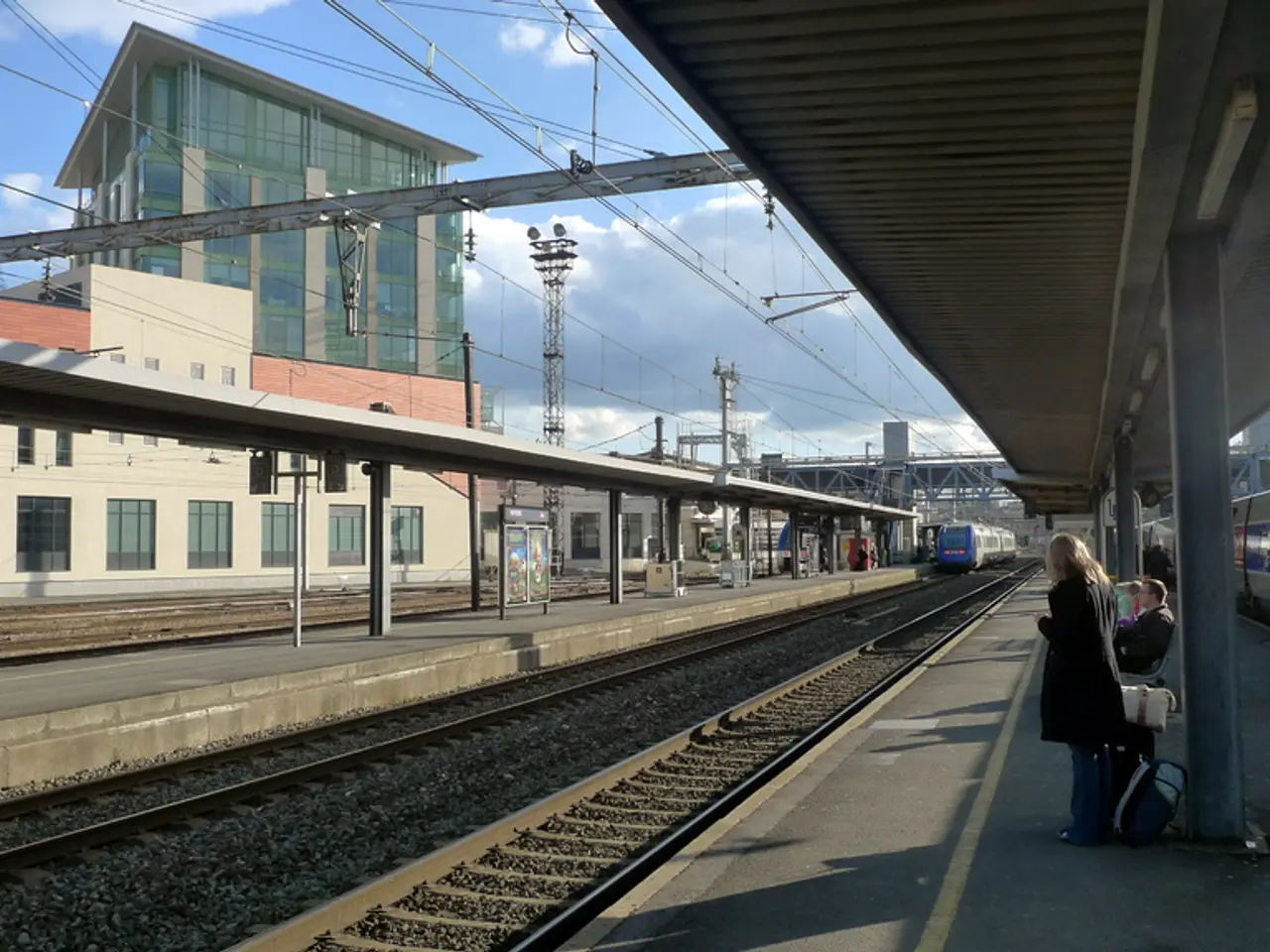Transportation industry faces environmental emergency
Air Conditioning Challenges in Long-Distance Trains and Trams During Heatwaves
Extreme heatwaves pose significant challenges for air conditioning systems in long-distance trains and trams. The high ambient temperatures and increased demand can lead to reduced cooling effectiveness and occasional malfunctions, impacting passenger comfort and safety.
Operators like NordWestBahn and Deutsche Bahn are taking steps to manage these issues. Regular maintenance and inspections are crucial to ensure the A/C units work optimally during heatwaves. Operational adjustments, such as reducing train speeds and monitoring environmental stresses, also help support the overall system’s stability.
Design improvements and retrofits play a key role in enhancing performance during heatwaves. Upgrading HVAC systems, improving insulation, and employing backup cooling strategies can help maintain passenger comfort. For instance, Deutsche Bahn has deployed over 250 vehicles with state-of-the-art air conditioning technology this summer.
Passenger communication and mitigation measures are also essential. Informing passengers about potential discomfort, providing advice on hydration and heat protection, and adjusting service frequency or capacity to manage cooling loads can help mitigate the impact on riders.
Infrastructure-related heat effects, such as rail track expansion and overhead wire sag, also indirectly affect climate control by limiting operational flexibility. For trams and light rail vehicles, the challenge is similar — maintaining consistent cooling power despite intense external heat.
In case of failures in NordWestBahn trains, only some wagons may be affected. Passengers can request the staff to adjust the temperature, with the base temperature being 20 to 21 degrees. If no one reacts, passengers are advised to call the emergency phone number on NordWestBahn trains.
Passengers on Deutsche Bahn long-distance trains can also request the staff to adjust the temperature, with the base temperature being 23 degrees. In Elsfleth, a train had to stop due to a technical malfunction, and the air conditioning failed during a heatwave. Malte Diehl, chairman of Pro Bahn Bremen, stated that companies should train their staff better for emergencies like the one in Elsfleth.
Metronom trains, not owned by the company, have faced similar issues, with the air conditioning failing on July 2nd. In case of power supply disruptions, Deutsche Bahn long-distance trains carry sufficient water supplies that are distributed as needed. Over 30 degrees is considered too hot in modern vehicles, whether train, tram, or bus. High temperatures inside BSAG trams are partly due to the air conditioning working against open vehicle doors at stops.
Sources:
- NJ TRANSIT Heat Management
- Nature Climate Change: Adapting public transport to heatwaves
- Greater investment in environmental science and engineering is necessary to develop more efficient climate-change mitigation strategies for transportation industries, specifically in the area of air conditioning systems for long-distance trains and trams.
- As financial resources become available, collaboration between the transportation and science sectors could lead to groundbreaking research that establishes innovative environmental-science-based cooling solutions to address heatwave challenges in public-transit systems.
- Expanding the industry's understanding of climate-change impacts on transportation systems, alongside sustainable transportation options like electric buses and improved public-transit infrastructure, will help decrease greenhouse gas emissions and ultimately address the growing concern of climate change on industry, finance, and the environment.
- While innovative cooling strategies are essential to support passenger comfort during extreme heatwaves, it is equally important to ensure that public transit remains accessible and affordable for all, including those who rely on it for essential travel needs, rather than simply focusing on technological enhancements.




